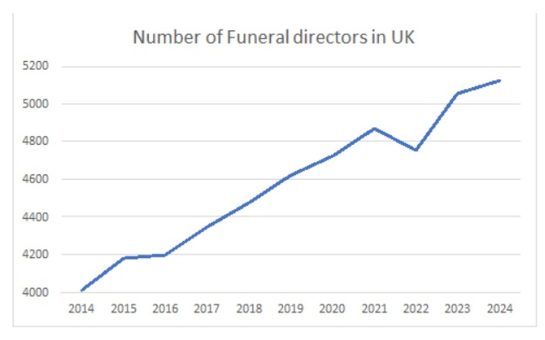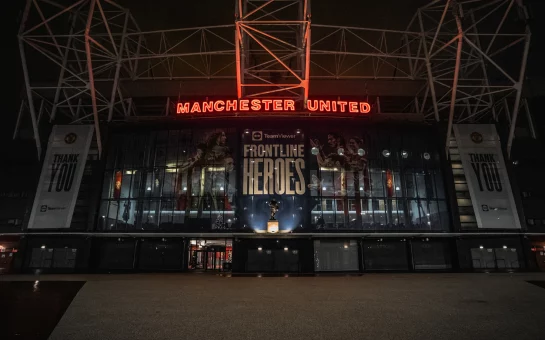An Urmston adventurer nicknamed ‘Action Man’ drowned in Norway just moments after he sent his wife a picture captioned: ”If Carlsberg did dives, they would probably be the best dives in the world’, an inquest heard.
Thrill seeker Ian Horridge, 44, had texted a scenic picture of the sea above a World War Two shipwreck off the coast of Bremanger just as he was about to dive almost 50 metres down.
But moments later the dad of one from suddenly passed out as he swam to a buoy above the wreck and sank to the bottom of the sea.
After the hearing, Mr Horridge’s wife Sandra, 53, a banker worker said: ”Ian was a larger-than-life character and a very active man.
“He always told me not to worry and on his last dive he sent me the picture of where he was about to dive. I texted him straight back but he obviously didn’t get the message.
“He used to say ‘life isn’t a dress rehearsal, you have to live it’. He did more in 44 years than most people do in their lifetime.”
A fellow diver found him lying chest-up on the shipwreck itself with his mouthpiece loose.
Mr Horridge was brought the surface and flown from the scene by a helicopter alerted by a mayday signal but was pronounced dead in Haukeland University Hospital in Bergen.
Tragedy struck on June 11 2013 when he was on the fourth day of a week-long expedition to the Fjords in Bremenger with 12 other diving enthusiasts.
Fellow diver Robert Braithwaite told the Stockport hearing: “The plan was to use the same shot line [guide rope] but if visibility was good some people would free-dive. I started my descent down the shot line and at about 10m I stopped to sort something out with my equipment.
“I saw Ian going down free-diving on to the wreck. He looked very controlled and totally co-ordinated without errors or issues. If anything I thought he was going slightly quickly but he might have wanted to get his oxygen pressures up.
“Unfortunately as I got over within 30 seconds I realised he was on his back and when I got down to his level – about 50 metres – I realised he was in trouble.
“I tried to get his hand to try and pull him up and his glove came off. It was a very dead weight. There was no buoyancy. I realised it was Ian and got hold of him and pulled him by hand to get him to the surface. I had to somehow get buoyancy into the system to get him to the surface.
“I got air into a valve and he started to rise and I rode him to the surface. It was faster than I should have gone in order to be safe. We got him on to a platform and then on to the deck. By looking at Ian I thought he was dead – I wish I could have done more.”
An inquest heard structural engineer Mr Horridge who was also a keen cyclist and got his nickname from his family, was a diver with more than 20 years’ experience who gone to underwater sites across the globe.
In 2005 he underwent an operation for a ‘hole in the heart’ after it was discovered when he was treated for ‘the bends’ during a previous expedition – but he vowed to continue diving.
He was said to be an avid ‘technical diver’ a term coined to describe those who push the boundaries of conventional scuba diving by going deeper and staying underwater longer.
Mr Horridge had already completed three successful deep sea dives in the preceding days before his death and gave no indication that he was feeling unwell or there was a problem with his equipment.
The expedition had set off from Bergen to explore the wreckage of the German steamship Helga Ferdinand which was bombed by British Beaufighters and sank in the Midtgulenfjord in 1944.
Technical divers must mix gasses so they can be used at greater depths, as using conventional air at extreme depths creates a high risk of oxygen toxicity. Often, divers add helium to the air mix to reduce this risk which can make it unsafe to breathe above the surface.
Mr Horridge was said to be ‘meticulous’ about his diving equipment but after testing it and swimming out to the buoy ready to go under, he lost consciousness due to a lack of oxygen to the brain and drifted underwater with no way of saving himself.
Mark Evans, another diver on the trip said: “Swimming to the buoy is the most difficult part. Your equipment is very heavy. You are swimming against the current, working quite hard but the gas in your unit is only 10% oxygen so you have to make sure you have enough before you descend.
“If something is wrong and the oxygen hasn’t auto-injected when you get to the top of the shot line you could fall asleep. You have lights and sirens that would tell you if it isn’t working properly and they flash and you can check your computer but if you miss them you can pass out.
“That’s the most dangerous part. If your loop [mouthpiece] falls out your mouth and the unit floods with water it will take you down.”
Recording a verdict of accidental death Coroner John Pollard said: “Mr Horridge was fit and well although he did have an enlarged heart and had previously had surgery for that. He was an experienced diver and described by those who dived with him as careful and meticulous in his preparations and executions.
“The experts have confirmed it would appear there were no equipment failures and as far as possible to check, the breathing gasses were checked.
”I’ve heard divers would breathe through their equipment for 2-3 minutes and would then swim on the surface to the area where the shot line is located.
“At that point something dramatic, sudden and significant happened. My very firm belief is he had lost all consciousness as he started to descend and was completely oblivious as to what was happening to him.”
Story and images copyright of Cavendish Press.



